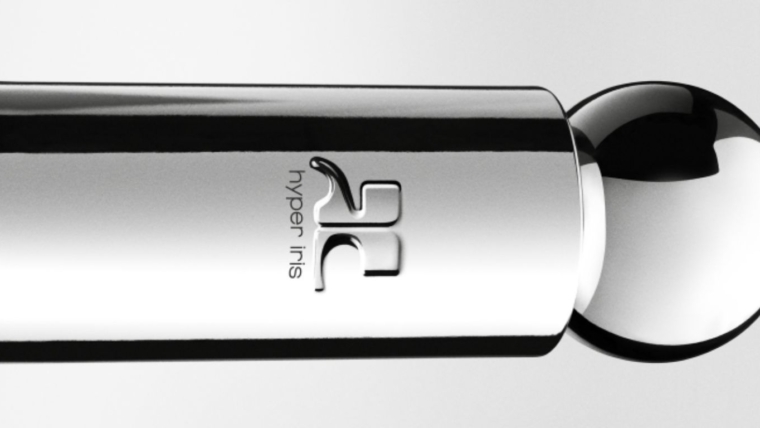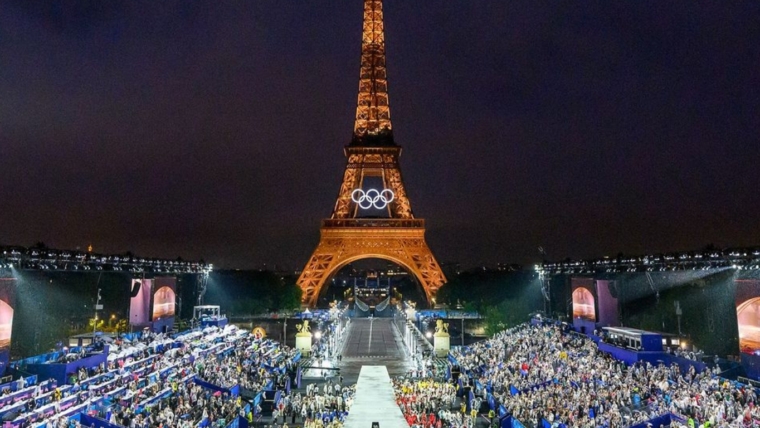Explore Paris Through the Eyes of Two Artistic Icons
March 4, 2025 – Explore Picasso’s Montmartre and Monet’s Paris
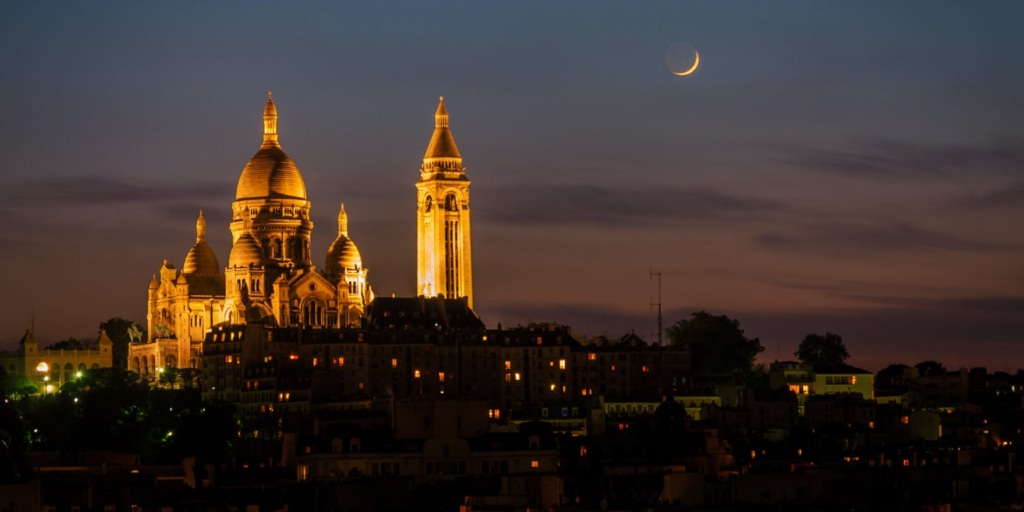
Montmartre, 1900. A 19-year-old Pablo Picasso steps off the train from Barcelona, eyes wide, pockets empty. Paris hums with energy—cafés packed, absinthe flowing, artists arguing late into the night. He climbs the steep streets, drawn to the hill’s chaotic charm. Rent is cheap. Inspiration is everywhere. This is where he will paint, live, and reinvent art itself.
The Bateau-Lavoir becomes his refuge—a crumbling studio packed with dreamers surviving on ambition alone. They paint in freezing rooms, burn sketches for warmth, and trade art for a bowl of soup. Picasso, restless, absorbs everything. The city’s grit, its shadows, its excess. He sketches at Lapin Agile, scrawls on café napkins, and watches cabaret dancers spin under dim lights. Every night bleeds into the next.
Then, in a tiny room on Rue Ravignan, he paints something no one understands—Les Demoiselles d’Avignon. Distorted faces, fractured bodies, raw and violent strokes. His friends recoil. Too aggressive, too ugly, too different. He rolls it up, tucks it away, unsure if the world is ready.

A Walk Through Picasso’s Montmartre
Montmartre still whispers Picasso’s name. The ghosts of its golden age linger in the air, hidden between cobbled streets and fading facades. Stand in Place Émile-Goudeau, where the Bateau-Lavoir once pulsed with artistic unrest. Stroll past Lapin Agile, where Picasso sketched performers between stolen sips of wine. Stop at Café du Tambourin, where he traded paintings for meals.
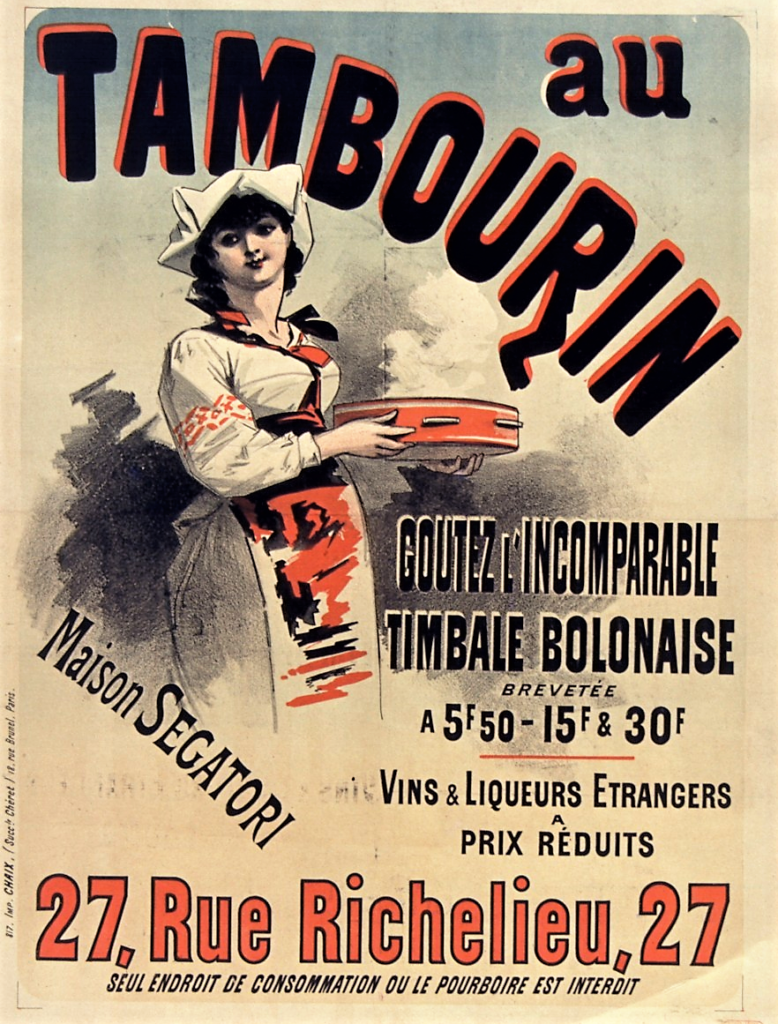
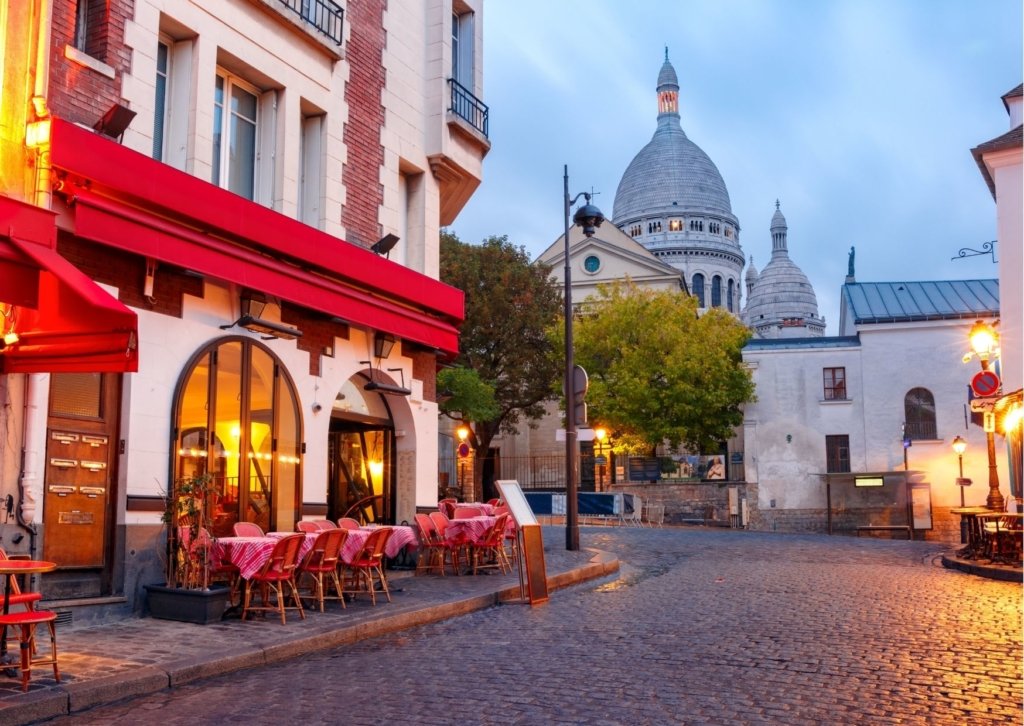
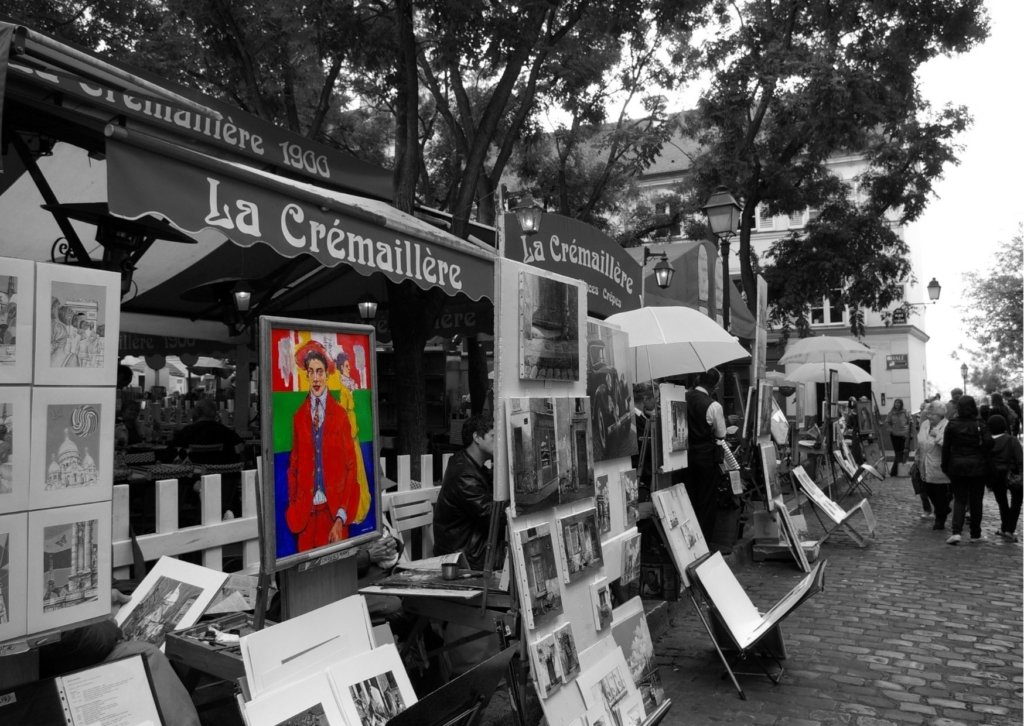
Every corner here tells a story! Why did Picasso pay for absinthe with quick portraits? What happened to Les Demoiselles d’Avignon after years of neglect? And how did he get caught up in the greatest art heist in history?
To feel Montmartre as Picasso did, wander. Forget the guidebooks. Let the streets guide you. The past is still here, waiting to be seen.
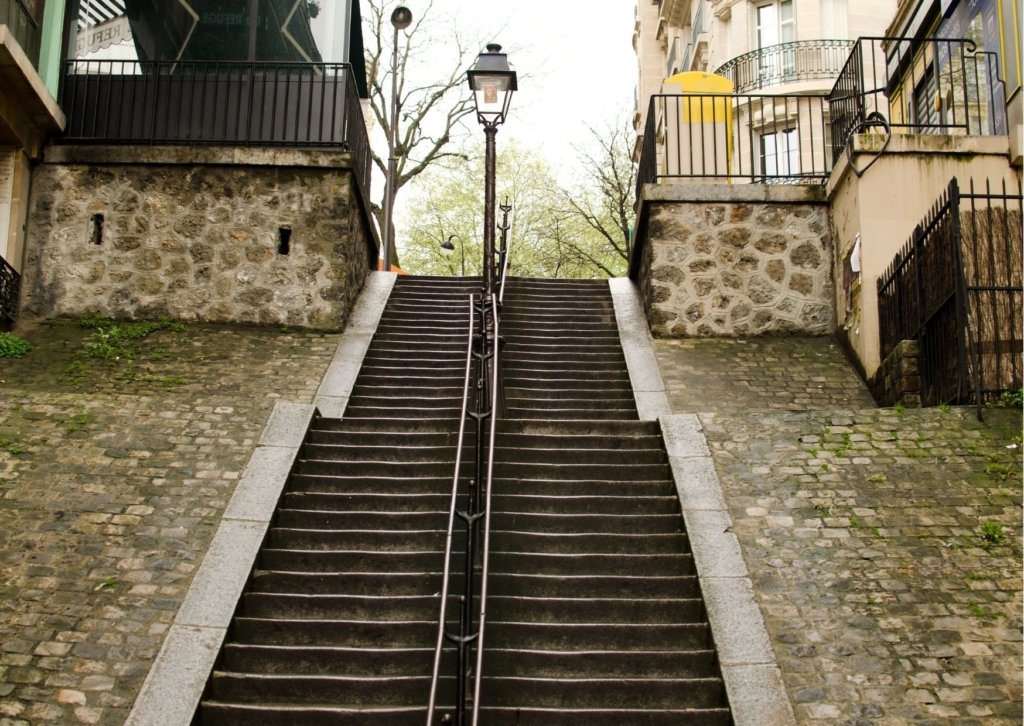
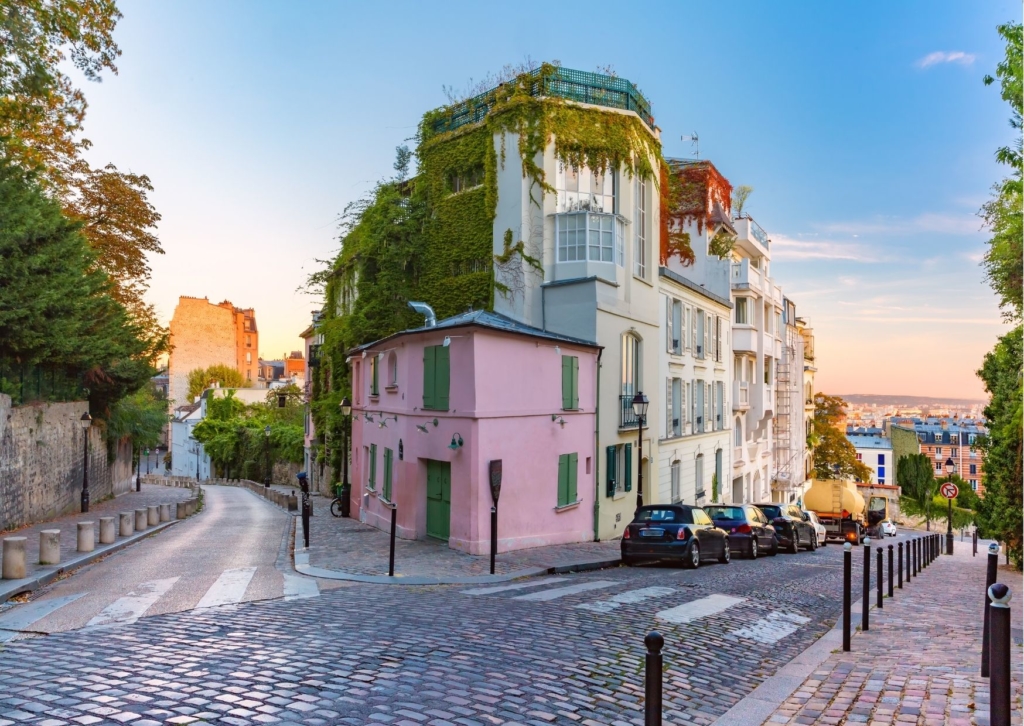
Tracing Claude Monet‘s Paris
While Picasso’s Paris was raw and rebellious, Claude Monet saw a world of fleeting light and endless color. Long before Impressionism was celebrated, Monet stood at the Tuileries Gardens, painting the way the sun hit the water, the way seasons changed the landscape, the way Paris transformed with each passing hour.
Strolling through the Tuileries today, you step into one of Monet’s living canvases. The ornamental ponds, the graceful fountains, the play of light between the trees—this is where Impressionism found its pulse. The gardens stretch from the Louvre to Place de la Concorde, offering a panorama that Monet captured in luminous brushstrokes.
The nearby Musée de l’Orangerie houses Monet’s Water Lilies, an immersive masterpiece that mirrors the shifting skies above the Seine. A short walk away, the Musée d’Orsay showcases even more of his works, giving you a glimpse into how Paris shaped his vision.


Two Routes, Two Artistic Worlds
Walking through Paris means stepping between worlds—Picasso’s shadowy Montmartre, where art was raw and untamed, and Monet’s sunlit Tuileries, where color danced with nature. These two paths tell different stories but lead to the same truth: Paris has always been a muse.

For Monet’s Paris, begin at the Tuileries Gardens, where he painted shifting light across its fountains and flowerbeds. Then, visit Musée de l’Orangerie, home to his massive Water Lilies panels. Conclude at Musée d’Orsay, where more of his Impressionist masterpieces capture Paris in motion.

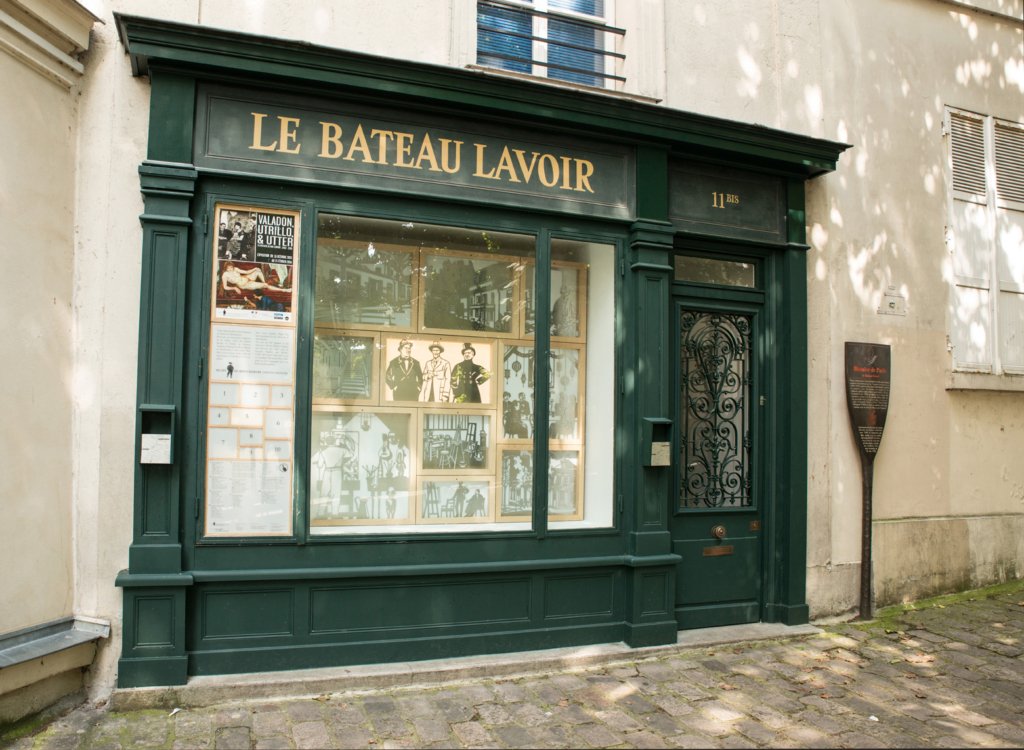
For more on eco-luxury lifestyle and news follow our Instagram and contact us to subscribe to our VIP network to access special invites, discounts, and upgrades



Th
Th
 , let’s rew
, let’s rew



 Celebrity doctor Dr. Radmila Lukian (@dr_radm
Celebrity doctor Dr. Radmila Lukian (@dr_radm
